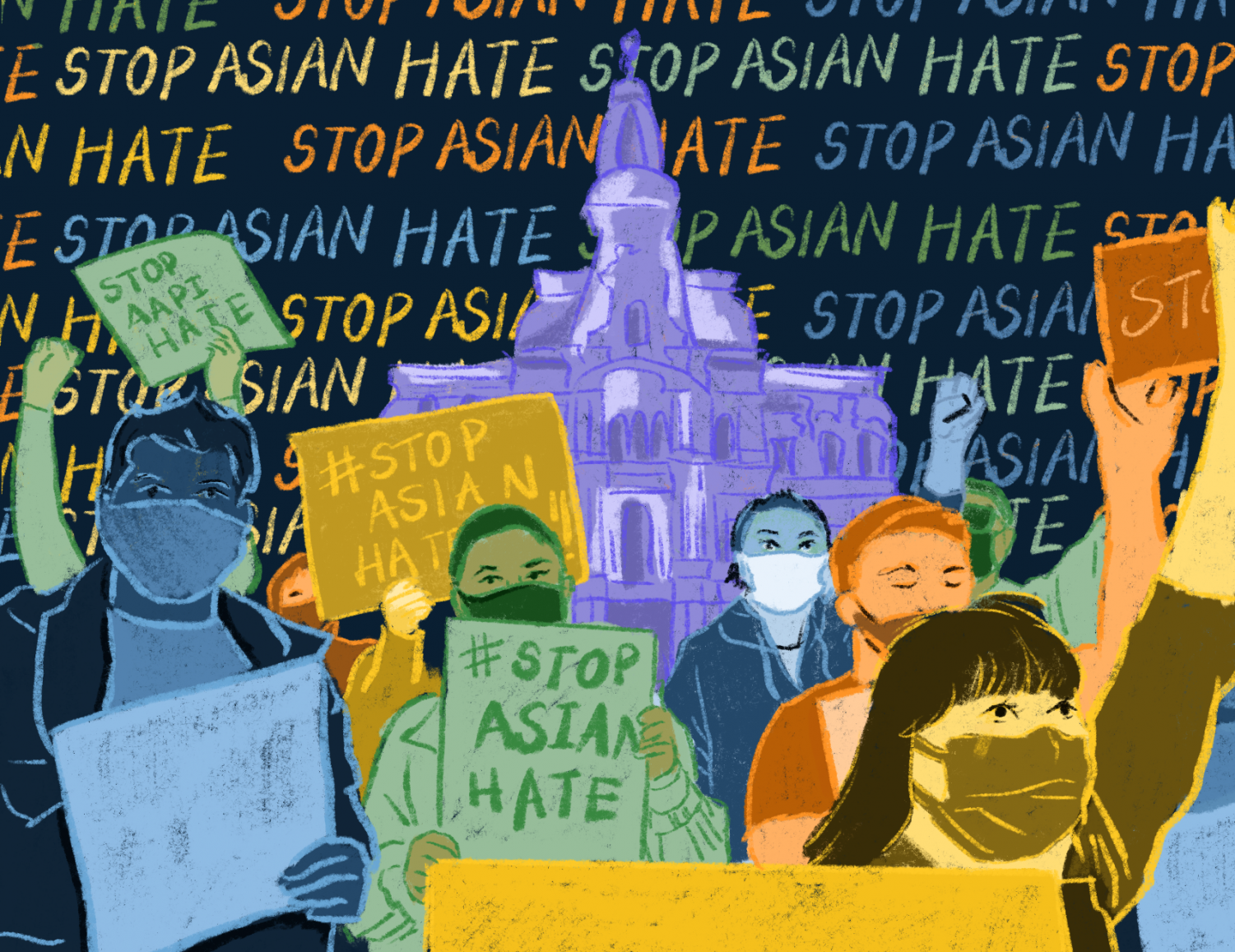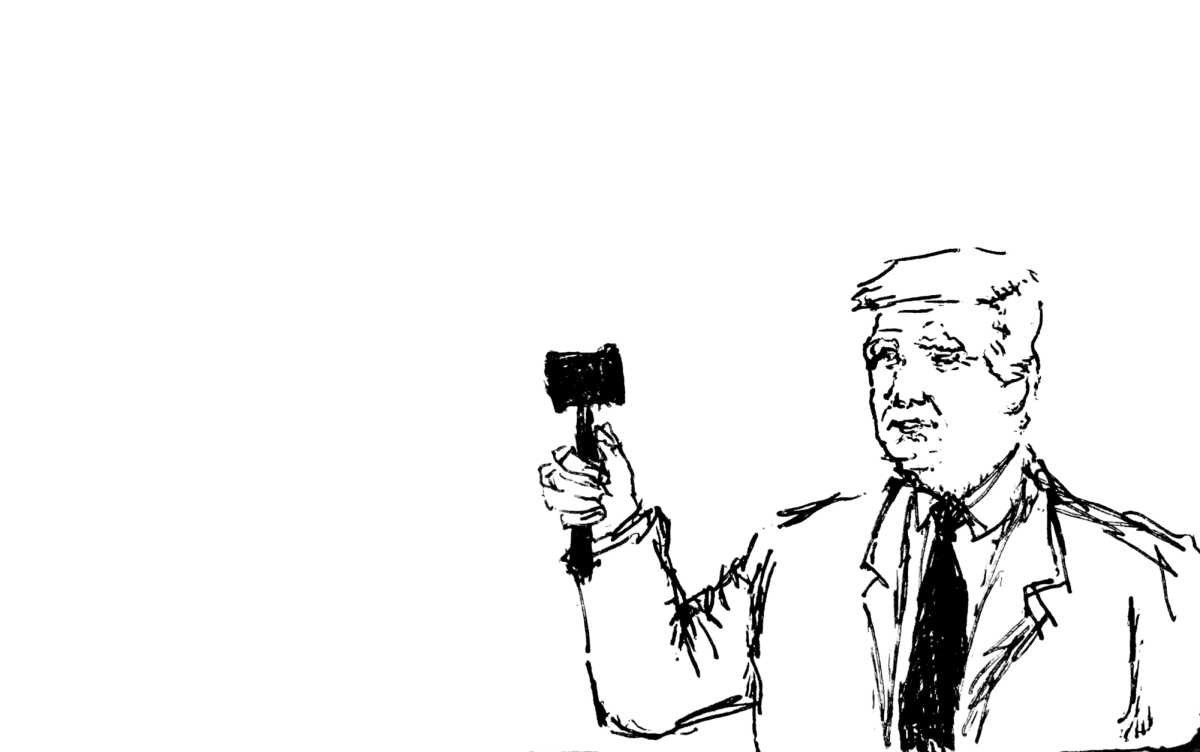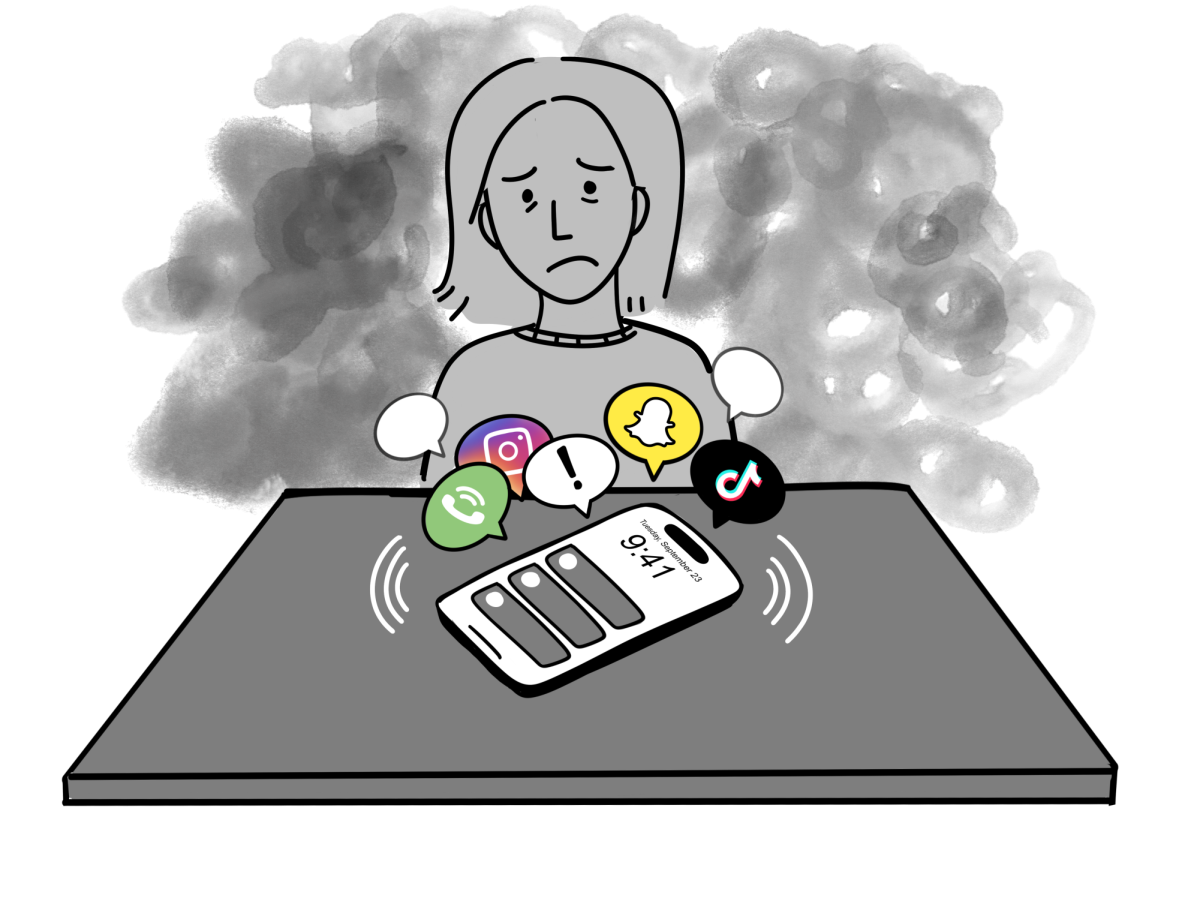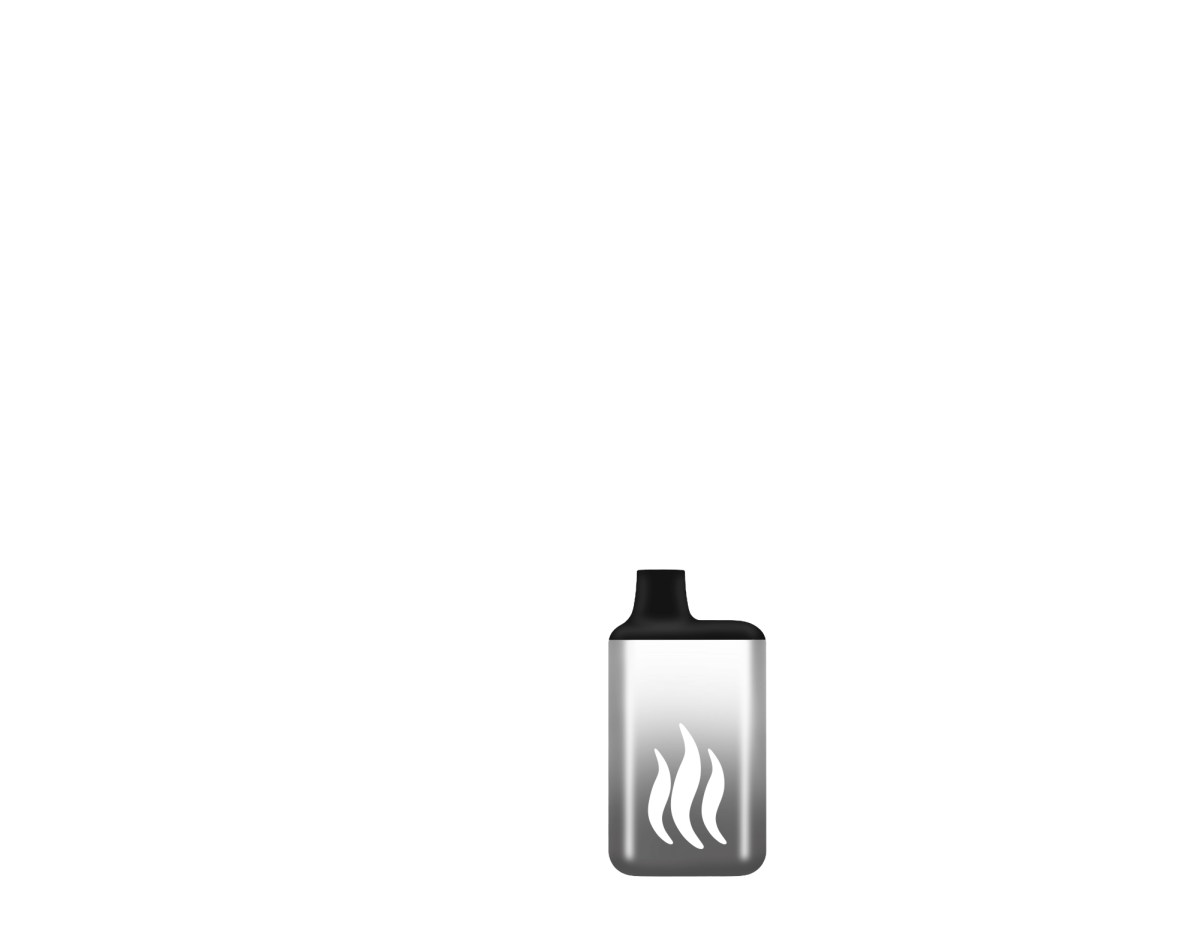
If you have been keeping up with current events, you have definitely seen and heard of the dramatic rise in anti-Asian hate crimes since the start of the pandemic. Although this increase in crime itself may be recent, the sinews of anti-Asian bigotry can be traced back through countless decades to the very origins of this nation.
Our country has had an embarrassingly ugly past regarding the treatment of people of color and immigrants, and Asians are certainly no exception. There is a persistent pattern of politicians and government workers using inflammatory and xenophobic rhetoric that exacerbates irrational fear, prejudice, and hatred. Looking back to the 19th and 20th centuries, false reports by public health authorities labelled Asians as “diseased carriers of incurable afflictions” to justify the Chinese Exclusion Act of 1882, as well as to create even more anti-Asian hysteria. Actions like these fuelled hateful phenomena known as “yellow peril,” and such prejudice continues today in the form of the “kung flu” and other insensitive epithets. The previous administration and its supporters toe the line of “political correctness” by refusing to label actions of this manner as outright racism unless it follows their explicit definition, which changes based on how convenient it fits their narrative. In reality, terms like the “Chinese virus” and “kung flu” should be looked at for more than just face value. As a politician, and especially as a president, Donald Trump had a responsibility for modeling good behavior. His words and actions, whether intentional or not, have had a huge impact on both his own supporters and the general public for the worse. Feigning oblivion towards this fact has fatal consequences. Six Asians shot dead in Atlanta. Another assaulted viciously in New York City. A myriad of elderly Asians attacked in broad daylight without remorse. This is the culture of hate he is responsible for.
So how does this crisis relate to today’s situation? John A. Powell, professor at UC Berkeley, states that “it’s an assumption that the West, particularly Anglo-American Christians, should dominate the world.” With the world’s second largest economy, China has shown massive growth and improvement in the past few decades, leaving American jingoists feeling threatened. This insecurity has exacerbated America’s anti-Asian rhetoric, prompting it to resurface tenfold what it was prior. Through the words of politicians, media, and even discriminatory laws, an environment of prejudice and panic against Asian Americans now emerges before us today.
My point is this: words hold much more weight than they seem to do, a fact that applies to more than just Asian-Americans. Any culture deemed “foreign” can and will be targeted with the incitement of hateful rhetoric. It can start from as little as that seemingly innocent bat-eating joke your friend made. Or that quip he made about Muslim and Mexican stereotypes. Even the media we consume, the way it is worded, all of it has an effect that traverses beyond what we can clearly distinguish. This frivolous banter, purportedly just for a chuckle or two, or for a few more clicks or head turns, accumulates into something much more insidious and dangerous — not only to minorities, but to society as a whole. So, as we all take our next step into the future, be conscious with what you say. Do not be afraid to confront racism and bigotry when you encounter it. Stand for justice — and never tolerate injustice.





